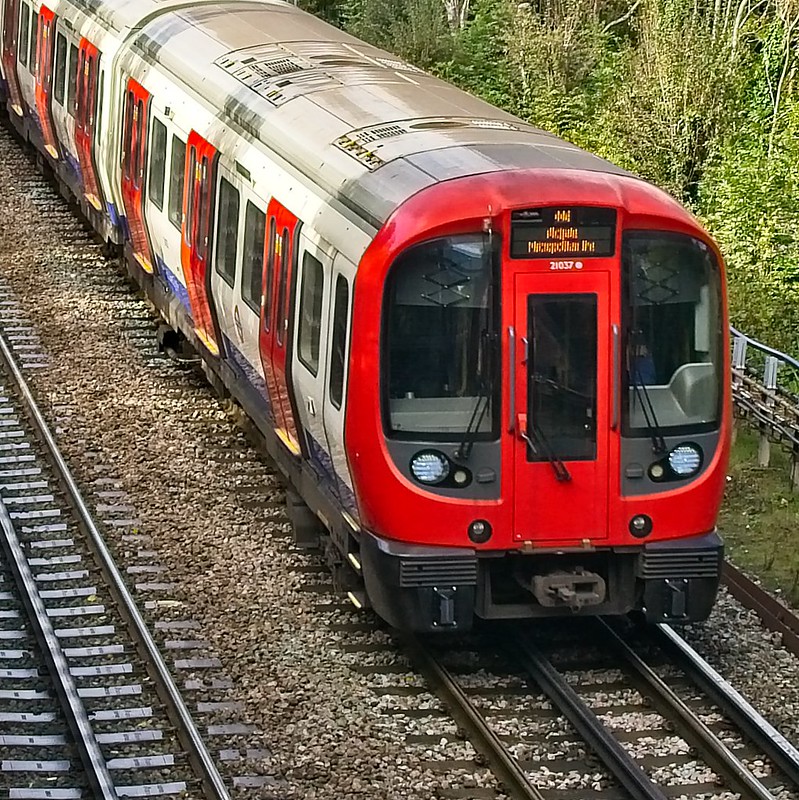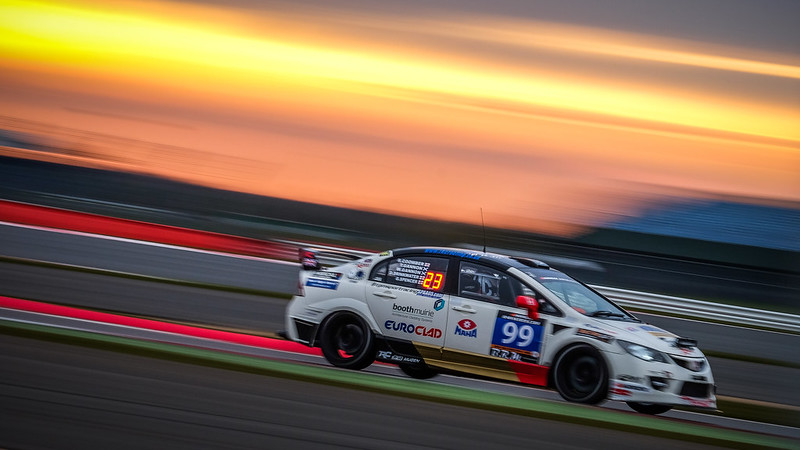- Messages
- 2,247
- Name
- Brian
- Edit My Images
- Yes
I'm not a great fan of electronic viewfinders, but when using one I'm often surprised by the number of light sources that "pulse" or are not constant.
Because the cameras electronic viewfinder has a constant refresh, you are presented with a strobing effect between the viewfinder and the light source.
This seems particularly apparent on the London Underground, where not only do the electronic destination displays on the trains strobe, but so do a lot of the lights on the station platforms.
I'm not a railway photographer, but I'm interested in the challenge of taking a shot in which both the moving train and the electronic destination display are sharp.
The obvious way to get the train sharp is to use a faster shutter speed, but his is at odds with getting a sharp electronic display.
This is an example:
 TubeTrainExample_01 by Brian Gibson, on Flickr
TubeTrainExample_01 by Brian Gibson, on Flickr
This was taken at a shutter speed of 1/320 and the train is not sharp, but as you can see the electronic destination display has not been captured cleanly.
The trian is travelling about 30mph, but to get it sharper I need to use a faster shutter speed, but this will render the electronic display even more blurred.
It seems the only way I can get a sharp display is to wait until the train is stationary and use a longer shutter speed, but I want a shot of a moving train.
Anyone experienced this problem or has any suggestions?
Because the cameras electronic viewfinder has a constant refresh, you are presented with a strobing effect between the viewfinder and the light source.
This seems particularly apparent on the London Underground, where not only do the electronic destination displays on the trains strobe, but so do a lot of the lights on the station platforms.
I'm not a railway photographer, but I'm interested in the challenge of taking a shot in which both the moving train and the electronic destination display are sharp.
The obvious way to get the train sharp is to use a faster shutter speed, but his is at odds with getting a sharp electronic display.
This is an example:
 TubeTrainExample_01 by Brian Gibson, on Flickr
TubeTrainExample_01 by Brian Gibson, on FlickrThis was taken at a shutter speed of 1/320 and the train is not sharp, but as you can see the electronic destination display has not been captured cleanly.
The trian is travelling about 30mph, but to get it sharper I need to use a faster shutter speed, but this will render the electronic display even more blurred.
It seems the only way I can get a sharp display is to wait until the train is stationary and use a longer shutter speed, but I want a shot of a moving train.
Anyone experienced this problem or has any suggestions?


 Silverstone 24hr
Silverstone 24hr